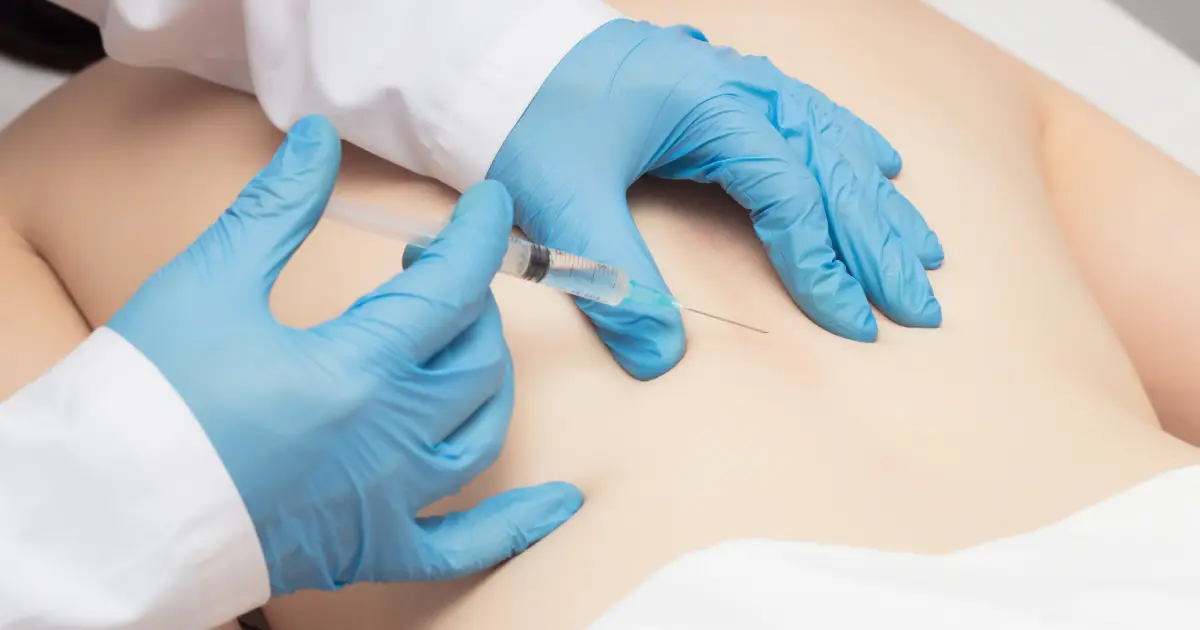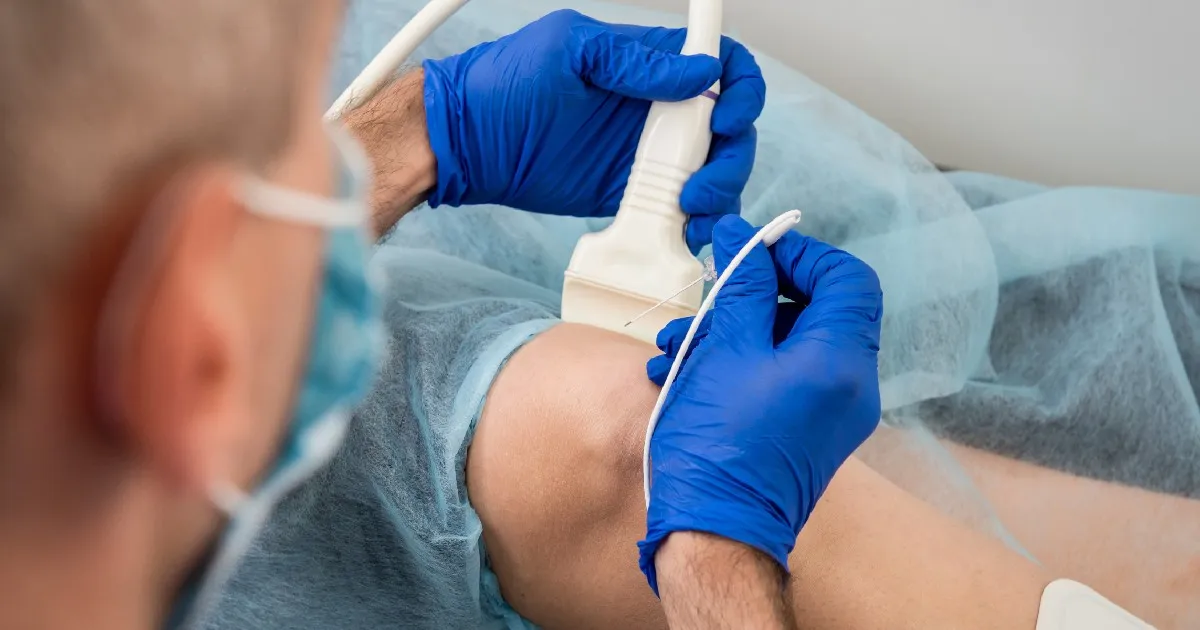Table of Contents
Migraine Botox: The Truth About It
Are you or someone you know struggling with chronic migraines, desperately seeking relief? In recent years, Botox injections have emerged as a promising treatment option for individuals battling relentless migraine attacks. But how exactly does Botox, commonly associated with cosmetic procedures, aid in alleviating the debilitating pain of migraines? Let’s delve into the science behind Botox injections for migraines and understand how they work to provide relief.
Understanding Botox for Migraines
Botox injections for migraines, scientifically known as OnabotulinumtoxinA, have garnered widespread recognition as an innovative therapeutic approach for adults grappling with the burdensome effects of chronic migraines. This prescription medication was granted FDA approval in 2010 and represents a significant advancement in migraine management. It is specifically tailored for individuals who endure the debilitating impact of 15 or more headache days each month, with each headache lasting four hours or more.
Traditionally, many migraine sufferers rely on reactive treatments, such as pain-relieving medications, to alleviate their symptoms once a migraine attack has already begun. However, Botox offers a proactive solution by targeting the underlying mechanisms that contribute to migraine onset. Unlike acute medications, which primarily address symptom relief, Botox works to prevent headaches and migraine attacks before they even have a chance to commence.
By strategically administering injections in key areas of the head and neck, Botox disrupts the cascade of events that lead to migraine onset. These injections target specific muscle groups and nerve endings, effectively blocking the transmission of pain signals and reducing muscle tension. This proactive approach diminishes the frequency and severity of migraine episodes and empowers individuals with better control over their lives.
Moreover, Botox treatment offers a distinct advantage for individuals who may have found limited relief from traditional migraine therapies. Botox injection presents a promising alternative with a favorable efficacy and safety profile for those who have exhausted other treatment options or experienced intolerable side effects. Its ability to provide sustained relief over time makes it an invaluable tool in the arsenal against chronic migraines, offering hope and respite to those who have long struggled with this debilitating condition.
The Mechanism of Action
So, how does Botox achieve this preventive effect? The procedure involves strategically administering injections around the head and neck, targeting specific sites known to influence chronic migraines. By targeting shallow muscles beneath the skin in seven key areas, Botox disrupts the transmission of pain signals and inhibits muscle contractions that can trigger migraines. Migraine sufferers benefit from this mechanism by reducing the frequency and severity of migraine attacks.
The Treatment Process
The Botox treatment process for migraines is relatively straightforward. During each session, patients receive multiple injections using fine needles in the designated areas of the head and neck. On average, a session entails 31 injections and lasts approximately 10 minutes, making it a convenient option for individuals with busy schedules. Following the initial treatment, patients typically experience relief within a few days, with the full effects manifesting around two weeks later.
Maintenance and Long-Term Benefits
Consistency is key when it comes to maximizing the benefits of Botox injections for migraines. To sustain the positive outcomes, treatments are typically scheduled every 12 weeks. Over time, many patients report a significant reduction in both the frequency and intensity of their migraine attacks, allowing them to reclaim control over their lives and enjoy improved quality of life.
Potential Side Effects of of botox injections for migraines
Like any medical intervention, Botox injections for migraines may be associated with certain side effects. While most patients tolerate the treatment well, some may experience temporary discomfort, such as mild neck pain, at the injection sites. Additionally, less common side effects such as muscle weakness or eyelid drooping may occur but are typically transient and resolve independently. It’s essential to discuss any concerns or potential side effects with your healthcare provider before undergoing treatment.
However, it’s important to note that the incidence of severe adverse reactions to Botox for migraines is rare. Most patients experience mild to moderate side effects, which diminish over time as the body adjusts to the treatment. Moreover, the benefits of Botox often outweigh the potential risks, especially for individuals who have found limited relief from other migraine therapies. Open communication with your healthcare provider and adherence to proper injection techniques can help minimize the likelihood of adverse reactions and ensure a positive treatment experience.
Is Botox for Migraines Right for You?
If you’re considering Botox injections as a treatment option for your chronic migraines, it’s crucial to consult with a qualified healthcare provider. At Alta Pain Physicians, our experienced physicians specialize in pain management and can assess whether Botox treatment aligns with your needs and medical history. By collaborating with our team, you can embark on a personalized treatment journey to minimize migraine symptoms and restore your overall well-being.
Conclusion: Embracing Relief with Botox Treatment
In conclusion, Botox injections offer a promising avenue for individuals grappling with the relentless burden of chronic migraines. By targeting specific muscle groups and interrupting the migraine cascade, Botox helps mitigate both the frequency and severity of migraine attacks, providing much-needed relief for sufferers. If you’re ready to take control of your migraines and explore the potential benefits of Botox treatment, don’t hesitate to reach out to Alta Pain Physicians offering botox for migraines in Sandy and Bountiful, Utah. Together, we can work towards a future free from the grip of chronic migraines, allowing you to embrace life to the fullest.




